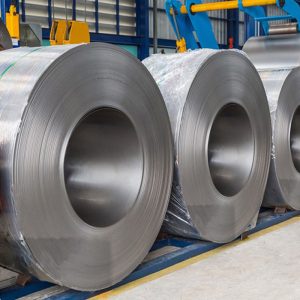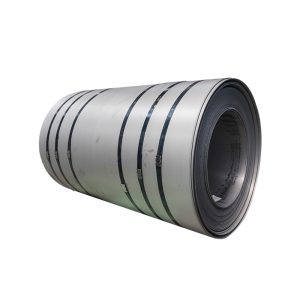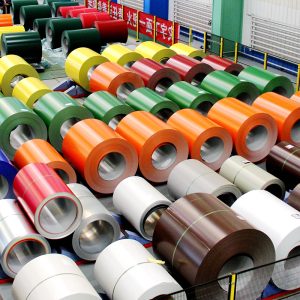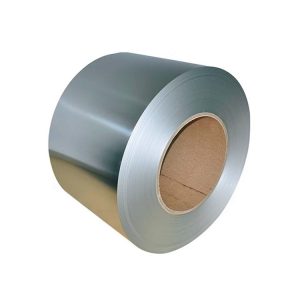What is 310 stainless steel standard?
09-10-2024
310 stainless steel is a type of austenitic chromium-nickel stainless steel that is widely used in various industries due to its exceptional properties. This article will provide an overview of the 310 stainless steel standard, including its chemical composition, mechanical properties, applications, and standards it adheres to.
Chemical composition
310 stainless steel is composed of a high percentage of chromium (Cr) and nickel (Ni), which gives it its superior corrosion resistance and high-temperature resistance properties. Specifically, it contains approximately 24.00-26.00% Cr and 19.00-22.00% Ni. The chemical composition also includes small amounts of carbon (C ≤ 0.08%), silicon (Si ≤ 1.00%), manganese (Mn ≤ 2.00%), phosphorus (P ≤ 0.035%), and sulfur (S ≤ 0.030%).
Due to the high content of chromium and nickel, 310 stainless steel has a high resistance to oxidation and corrosion in a wide range of temperatures. It is also able to maintain good mechanical properties at elevated temperatures, making it suitable for use in high-temperature environments.
Mechanical Properties
310 stainless steel boasts impressive mechanical properties that make it suitable for demanding applications. Its tensile strength (σb) is at least 520 MPa, while the yield strength (σ0.2) is not less than 205 MPa. The elongation at break (δ5) is at least 40%, and the reduction of area (Ψ) is not less than 50%. Additionally, the hardness (HB) of 310 stainless steel is typically less than or equal to 187.
These properties make 310 stainless steel an excellent choice for applications that require high strength, good ductility, and corrosion resistance at elevated temperatures.
Application areas
Due to its excellent high-temperature resistance, corrosion resistance, and oxidation resistance, 310 stainless steel is widely used in various industries, including:
● Petroleum: For components exposed to high temperatures and corrosive environments.
● Electronics: In the production of semiconductor equipment and other electronic devices.
● Chemicals: For piping, tanks, and other equipment handling corrosive chemicals.
● Pharmaceuticals: In the manufacturing of medical equipment and containers.
● Light Textiles and Food: For equipment in processing and packaging lines.
● Mechanical Engineering: In the construction of high-temperature furnaces, boilers, and other industrial equipment.
● Aerospace and Military: For components requiring exceptional durability and resistance to extreme conditions.
Standards
310 stainless steel adheres to various international standards, ensuring its quality and consistency across different manufacturers and applications. Some of the most common standards include:
● ASTM: A276, A484, A479, A580, A582
● JIS: G4303, G4311
● DIN: 1654-5, 17440
● GB: GB/T 1220
● BS: Various British Standards
These standards specify the chemical composition, mechanical properties, and other requirements for 310 stainless steel, ensuring that it meets the needs of various industries.
Conclusion
310 stainless steel is a high-performance material that is widely used in various industries due to its excellent resistance to oxidation and corrosion, good mechanical properties at high temperatures, and adherence to international standards. Its unique composition and properties make it suitable for demanding applications that require high strength, ductility, and corrosion resistance at elevated temperatures. Understanding the 310 stainless steel standard is crucial for ensuring that it meets the necessary quality standards for specific applications.









